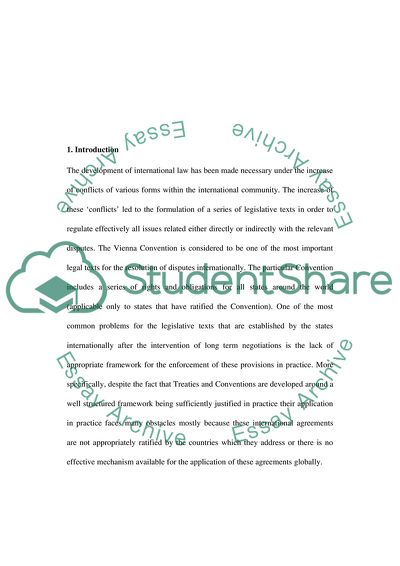Cite this document
(Conclusion and Entry in to Force in International Law Essay, n.d.)
Conclusion and Entry in to Force in International Law Essay. Retrieved from https://studentshare.org/law/1711750-conclusion-and-entry-in-to-force-in-international-law
Conclusion and Entry in to Force in International Law Essay. Retrieved from https://studentshare.org/law/1711750-conclusion-and-entry-in-to-force-in-international-law
(Conclusion and Entry in to Force in International Law Essay)
Conclusion and Entry in to Force in International Law Essay. https://studentshare.org/law/1711750-conclusion-and-entry-in-to-force-in-international-law.
Conclusion and Entry in to Force in International Law Essay. https://studentshare.org/law/1711750-conclusion-and-entry-in-to-force-in-international-law.
“Conclusion and Entry in to Force in International Law Essay”, n.d. https://studentshare.org/law/1711750-conclusion-and-entry-in-to-force-in-international-law.


